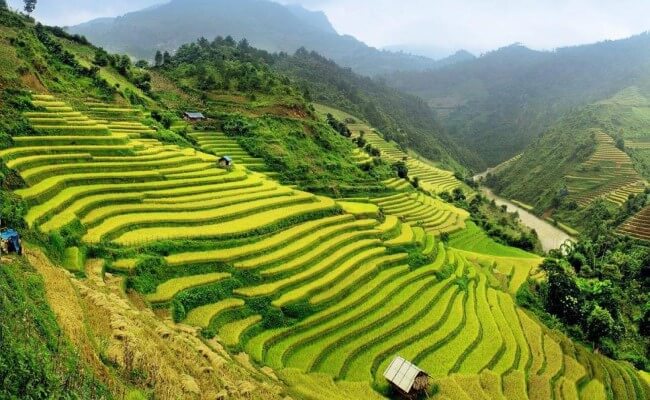5 Least Travelled Countries to Explore
Least travelled countries in the world can be subjective and may vary depending on the time period. The status of least travelled countries can change over time, and there might be other destinations that could also be considered as less visited. Additionally, some countries might have fewer tourists due to factors like political instability, geographical remoteness, visa restrictions, or lack of tourism development rather than their inherent appeal as travel destinations.
Least Travelled Countries to explore
Have you ever wondered what if you could visit the undiscovered countries or least traveled countries across the world? How entertaining and surprising it would be?
Tuvalu: Located in the Pacific Ocean, Tuvalu is a small island nation with limited tourism infrastructure. Its remote location and the difficulty of reaching the country contribute to its low visitor numbers.
Nauru: Another Pacific island nation, Nauru is one of the least visited countries globally. It is known for its phosphate mining industry but does not attract many tourists due to its small size and limited tourist facilities.
Kiribati: Comprising 33 coral atolls, Kiribati is a remote country in the central Pacific. Its isolation and lack of tourism infrastructure result in relatively few visitors.
Comoros: The Comoros Islands, located off the eastern coast of Africa, are often overlooked by tourists. Political instability, limited infrastructure, and lack of promotion contribute to its low tourist numbers.
Marshall Islands: This Micronesian country consists of 29 atolls and 5 islands. Its remote location, limited transportation options, and lack of widespread tourism development make it one of the least visited destinations.
Sao Tome and Principe: Located in the Gulf of Guinea, off the western coast of Africa, Sao Tome and Principe is a small island nation. Its limited accessibility, underdeveloped tourism infrastructure, and low international visibility contribute to its low visitor numbers.
Turkmenistan: This Central Asian country has strict visa requirements and limited tourism infrastructure. These factors, coupled with political restrictions, result in relatively few tourists visiting Turkmenistan.
5 Least Travelled Countries
From the account of Norwegian Gunnar Garfors, who is s is a world traveler and author, who has visited almost every country and things there are some of the least travelled countries that have been least visited which actually should have been more traveled due to their various specialties. Here I have compiled the top 6 countries you should visit if you ever get an opportunity.
1. East Timor
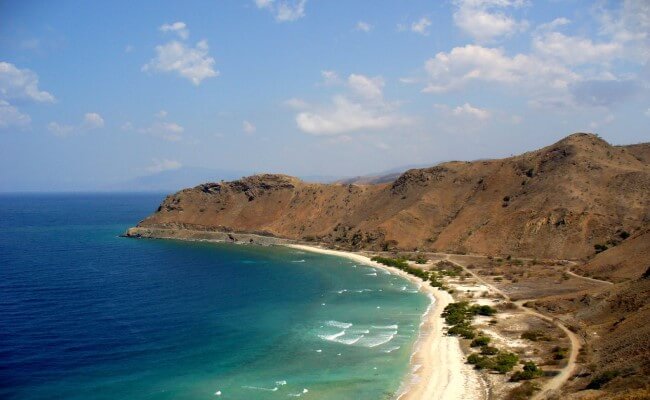
East Timor, one of the least travelled countries officially known as the Democratic Republic of Timor-Leste, is a country located in Southeast Asia. It occupies the eastern part of the island of Timor, sharing borders with Indonesia to the west and the Timor Sea to the south. Here are some key facts about East Timor:
- Independence: East Timor gained its independence on May 20, 2002, becoming the newest sovereign state in Asia.
- Capital: Dili is the capital and largest city of East Timor. It is situated on the northern coast of the country.
- Language: The official languages of East Timor are Tetum and Portuguese. Tetum is the most widely spoken language, while Portuguese is used for administrative and official purposes.
- Religion: The majority of the population in East Timor is Roman Catholic, with Catholicism being the dominant religion. The influence of the Catholic Church is significant in the country’s culture and society.
- History: East Timor has a complex history, having been under Portuguese colonial rule for over 400 years until 1975. Following a brief period of independence, Indonesia occupied East Timor until 1999 when a United Nations-administered referendum led to its independence.
- Natural Beauty: East Timor boasts beautiful landscapes and diverse natural environments. It has rugged mountains, lush rainforests, pristine beaches, and excellent diving spots. Atauro Island, Jaco Island, and the Cristo Rei statue in Dili are popular tourist attractions.
- Cultural Heritage: East Timor has a rich cultural heritage influenced by indigenous traditions, Portuguese colonization, and Indonesian occupation. Traditional music, dance, and art forms are still practiced and celebrated, reflecting the country’s cultural diversity.
- Tourism: While tourism in East Timor is still developing, the country offers opportunities for eco-tourism, adventure activities, and cultural immersion. Visitors can explore natural reserves, engage in water sports, visit historical sites, and experience local traditions.
It’s important to note that East Timor is a developing nation, and travel infrastructure and services may be limited compared to more established tourist destinations. Travelers should research and plan accordingly, including obtaining the necessary visas and checking for any travel advisories or entry requirements before visiting.
2. Equatorial Guinea
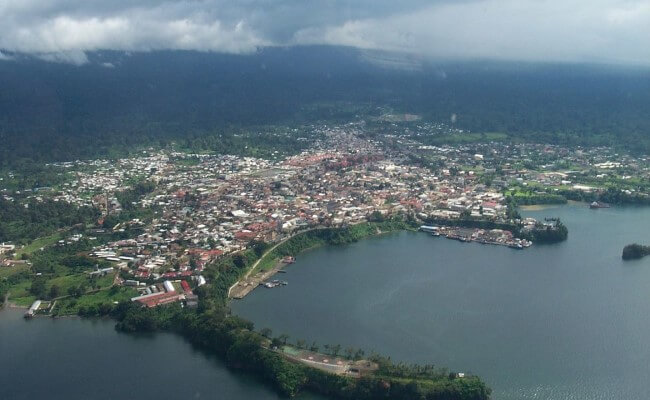
Equatorial Guinea is another least travelled countries located in Central Africa, situated on the west coast of the continent. Here are some key facts about Equatorial Guinea:
- Capital: Malabo is the capital and largest city of Equatorial Guinea. It is located on the island of Bioko, which is one of the country’s main islands.
- Geography: Equatorial Guinea comprises a mainland territory, known as Rio Muni, and several islands, including Bioko and Annobón. It shares borders with Cameroon and Gabon.
- Official Languages: The official languages of Equatorial Guinea are Spanish (due to its colonial history as a former Spanish colony) and French, along with some indigenous languages such as Fang and Bubi.
- Political System: Equatorial Guinea is a presidential republic, with the President serving as both the head of state and government. The country has been ruled by President Teodoro Obiang Nguema Mbasogo since 1979.
- Economy: Equatorial Guinea has a significant economy driven by oil and gas exports. The country is one of the largest oil producers in sub-Saharan Africa. However, wealth distribution is unequal, and a significant portion of the population lives in poverty.
- Culture: Equatorial Guinea is home to a diverse mix of ethnic groups, including the Fang, Bubi, and others. Each group has its own languages, traditions, and cultural practices. Traditional music and dance, as well as unique crafts and artwork, are part of the country’s cultural heritage.
- Natural Beauty: Equatorial Guinea boasts lush rainforests, volcanic landscapes, and beautiful coastal areas. Bioko Island is known for its biodiversity and ecotourism potential. Mount Cameroon, located near the border with Cameroon, is an active volcano and a popular destination for hikers and climbers.
- Tourism: While tourism is still developing in Equatorial Guinea, the country offers opportunities for nature lovers, wildlife enthusiasts, and those interested in cultural experiences. Visitors can explore national parks, such as Monte Alén National Park and Pico Basilé National Park, which are home to diverse flora and fauna.
It’s worth noting that Equatorial Guinea has a complex political and human rights situation, and the country’s infrastructure and services for tourists may be limited compared to more established travel destinations. Travelers should research and plan accordingly, including checking for any travel advisories or entry requirements before visiting.
3. Tuvalu
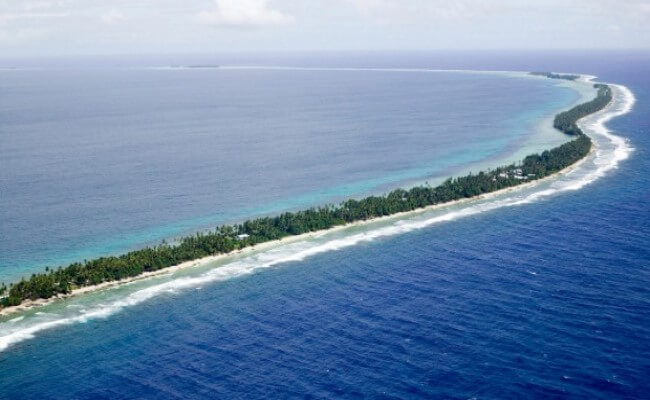
Tuvalu is a small island least travelled countries located in the Pacific Ocean, situated between Australia and Hawaii. Here are some key facts about Tuvalu:
- Geography: Tuvalu consists of nine coral atolls and islands, spread across a vast area of the Pacific Ocean. The country has a total land area of only about 26 square kilometers (10 square miles), making it one of the smallest nations in the world.
- Capital: The capital city of Tuvalu is Funafuti, located on the atoll of the same name. Funafuti is the most populous area in the country and serves as its administrative and commercial center.
- Language: The official language of Tuvalu is Tuvaluan. English is also widely spoken and serves as a secondary language, particularly for administrative purposes and in schools.
- Culture: Tuvaluan culture is deeply rooted in Polynesian traditions and revolves around community and kinship ties. Traditional music, dance, and crafts play a significant role in Tuvaluan cultural expression. The country is known for its skilled woodcarving and weaving.
- Climate Change: Tuvalu faces significant challenges due to rising sea levels and climate change. The low-lying nature of the islands makes them particularly vulnerable to the effects of climate change, including erosion and the potential loss of habitable land.
- Economy: Tuvalu has a limited economy, primarily dependent on fishing, copra production (dried coconut kernels), and remittances from Tuvaluan citizens working abroad. The country relies heavily on international aid and support.
- Tourism: While not a major tourist destination, Tuvalu offers visitors a chance to experience a unique Polynesian culture and pristine natural beauty. Tourism activities include exploring the atolls, snorkeling, diving, and enjoying the idyllic beaches. The small number of visitors to Tuvalu contributes to its appeal for those seeking an off-the-beaten-path travel experience.
- Connectivity: There are limited transportation options to reach Tuvalu. The country is served by regular flights from Fiji, which is the main entry point for international visitors. There is no regular passenger ship service to Tuvalu.
It’s important to note that Tuvalu’s remote location and limited tourism infrastructure may result in fewer amenities and services compared to more developed tourist destinations. Travelers should research and plan accordingly, taking into account visa requirements, transportation availability, and any travel advisories or guidelines.
4. Nauru
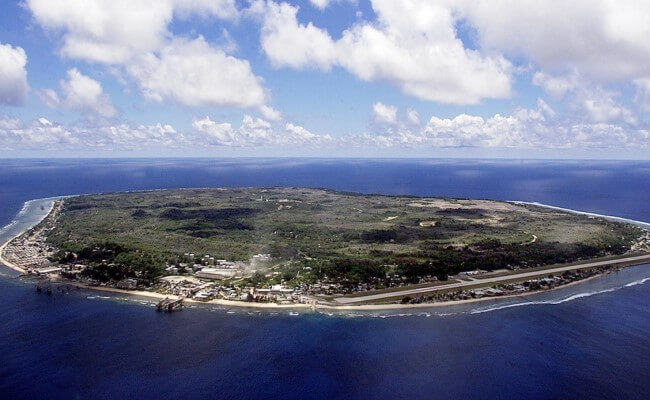
Nauru is a small island another least travelled countries located in Micronesia, in the Central Pacific Ocean. Here are some key facts about Nauru:
- Geography: Nauru is the third-smallest country in the world by land area, covering just 21 square kilometers (8.1 square miles). It is a raised coral atoll, and its terrain consists of a central plateau surrounded by a coastal strip.
- Capital: The capital and largest city of Nauru is Yaren. However, the government administrative offices are located in the district of Yaren, which is a separate entity and not a typical city.
- Language: The official language of Nauru is Nauruan, which is a Micronesian language. English is widely spoken and serves as a second language, used for administrative and educational purposes.
- Economy: Nauru has a small and fragile economy. Historically, the country’s economy heavily relied on phosphate mining, which significantly depleted its resources. Nauru has since focused on financial services, offshore banking, and income from regional investments.
- Climate Change: Like other Pacific island nations, Nauru faces significant challenges due to climate change, particularly rising sea levels and increased frequency of extreme weather events. The country is susceptible to coastal erosion and freshwater shortages.
- Detention Center: Nauru has gained international attention in recent years due to its role as a processing center for asylum seekers attempting to reach Australia by boat. The detention center, established as part of Australia’s immigration policy, has been a subject of controversy and criticism.
- Tourism: While not a typical tourist destination, Nauru does offer some attractions for visitors. The island has beautiful sandy beaches, marine life for snorkeling and diving, and remnants of phosphate mining that provide a unique glimpse into the country’s history.
- Connectivity: Nauru is accessible by air through Nauru International Airport, which has connections to Australia, Fiji, and Kiribati. There are limited international flights to Nauru, and transportation options to and from the island can be infrequent.
It’s important to note that Nauru’s limited size, resources, and infrastructure mean that visitor amenities and services may be limited compared to more developed tourist destinations. Travelers interested in visiting Nauru should research and plan accordingly,
5. Kiribati
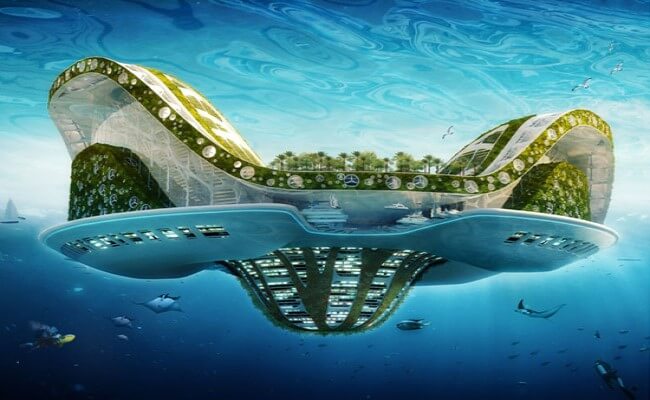
Kiribati, officially known as the Republic of Kiribati, is among another least travelled countries located in the central Pacific Ocean. Here are some key facts about Kiribati:
- Geography: Kiribati is an island nation that consists of 33 coral atolls and islands spread across an area of the Pacific Ocean. It is divided into three main island groups: the Gilbert Islands, the Phoenix Islands, and the Line Islands.
- Capital: The capital city of Kiribati is Tarawa, located in the Gilbert Islands. It is the most populous area in the country and serves as the administrative and commercial center.
- Language: The official languages of Kiribati are Gilbertese (or I-Kiribati) and English. Gilbertese is the most widely spoken language and is used for everyday communication and cultural expression.
- Culture: Kiribati has a rich cultural heritage rooted in Micronesian traditions. The people of Kiribati have a strong connection to the ocean and engage in activities such as fishing, canoeing, and traditional dances. The country is known for its unique music, oral storytelling, and handicrafts.
- Climate Change: Kiribati faces significant challenges due to climate change, particularly rising sea levels and coastal erosion. It is considered one of the countries most vulnerable to the impacts of climate change, and the government has been actively addressing adaptation and relocation measures.
- Time Zone: Kiribati is the only country that is situated in all four hemispheres and spans across three time zones. The islands of Kiribati are divided into three time zones: Gilbert Islands Time (GMT+12), Phoenix Islands Time (GMT+13), and Line Islands Time (GMT+14).
- Tourism: Kiribati is not a heavily visited tourist destination, but it offers unique experiences for adventurous travelers. Visitors can explore the pristine beaches, vibrant coral reefs, and World War II historical sites. The Phoenix Islands Protected Area, a UNESCO World Heritage Site, is known for its rich marine biodiversity.
- Connectivity: Kiribati is accessible by air through Bonriki International Airport in Tarawa. International flights connect Kiribati with Fiji, Australia, and other Pacific island destinations. Inter-island transportation is primarily by domestic flights and inter-island ferries.
It’s important to note that Kiribati’s tourism infrastructure is limited, and services may be basic compared to more developed destinations.
For more interesting blog posts click here
Synopsis
So, for your next vacation, do not forget to include some of the above listed remote places that are less traveled although it all deserve better recognition and visits across the globe.
